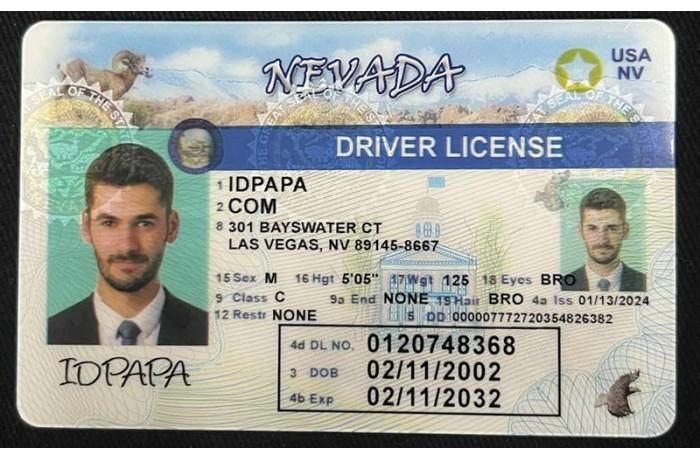The digital realm is experiencing a rapid evolution in how we verify ourselves online. Novel technologies are reshaping the concept of digital identity, creating both opportunities and enabling a more secure online experience. Blockchain are becoming increasingly prevalent in this space, providing consumers with greater control over their data and {identities|. This trend is likely to influence various sectors, including finance, healthcare, and government.
- Numerous key trends include this shift:
- Biometric authentication
- Artificial intelligence (AI)
- The rise ofthe metaverse
Understanding these trends is crucial for {individuals|, businesses, and governments to ensure a safe, trustworthy digital future.
Combating ID Fraud: Strategies for a Secure Digital World
In today's increasingly digital landscape, identity deceit poses a significant threat to individuals and organizations alike. To successfully combat this growing menace, it is crucial that we implement robust security measures and cultivate a culture of awareness.
Employing multi-factor authentication, regularly updating software and devices, and practicing strong password hygiene are basic steps in safeguarding against ID fraudulence. Furthermore, educating users about the threats of phishing scams and other social engineering tactics is indispensable.
Collaboration between governments, businesses, and individuals is key to creating a secure digital environment. By working together, we can minimize the read more impact of ID fraud and safeguard our valuable information in an increasingly interconnected world.
Exploring the Legal Labyrinth: copyright Laws and Their Implications
The territory of fake identification unveils a complex legal panorama. Laws governing these identifiers differ widely across jurisdictions, creating a tangled web for both citizens and authorities.{ Possession of a copyright can result in severe ramifications, including fines, imprisonment, and past offenses. Moreover, the procurement of these illegitimate documents can occasionally be associated to more severe criminal activities, further highlighting the significance of compliance with these laws.
Biometrics: A Powerful Tool for Enhanced Security in Digital ID Systems
The digital realm is rapidly evolving, necessitating robust security measures to safeguard sensitive information. Biometrics, the science of measuring and analyzing inherent human characteristics, presents a compelling solution for enhanced security within digital ID systems. Exploiting biometrics like fingerprint scanning, facial recognition, or iris authentication, digital identities can be authenticated with unprecedented accuracy and resilience against fraud. This technology not only expedites identity verification processes but also establishes a secure framework for managing sensitive personal data in an increasingly interconnected world.
Biometric systems boast distinct advantages compared to conventional methods|. They are inherently difficult to forge or replicate, reducing the risk of unauthorized access and identity theft. Moreover, biometrics simplify user interaction, as users can conveniently verify their identities without relying on physical tokens.
- Nevertheless| , it is crucial to address potential concerns surrounding biometrics, including data privacy and the possibility of breaches. Robust regulatory frameworks and ethical guidelines are essential to ensure responsible implementation and mitigate any negative consequences.
Balancing Convenience and Privacy: The Ethical Considerations of Biometric Authentication
Biometric authentication offers a convenient way to identify users. However, the widespread implementation of this technology raises significant ethical concerns. Storing biometric data poses a unique set of challenges to user privacy, as this information is intrinsically personal and immutable. Moreover, the potential for misuse of biometric data by unauthorized individuals demands careful consideration concern.
A delicate harmony must be maintained between the advantages of convenience and the necessity to protect user privacy. Robust safeguards, such as encryption, explicit consent mechanisms, and strict regulations are critical to mitigate these risks and ensure the ethical deployment of biometric authentication.
Ultimately, the goal should be to leverage the possibilities of this technology while protecting the fundamental right to privacy.
Strengthening Trust: Best Practices for Implementing Secure Digital Identity Solutions
In today's increasingly digital world, reliable digital identity solutions are paramount to fostering trust and protecting sensitive information. To effectively implement these systems, organizations must adhere to best practices that prioritize confidentiality, transparency, and scalability. A key component involves implementing multi-factor authentication mechanisms to verify user authorization. Additionally, regular audits and penetration testing are crucial for identifying and mitigating potential risks. By adhering to these best practices, organizations can create a secure and trustworthy environment for users while minimizing the risk of fraud and data breaches.
